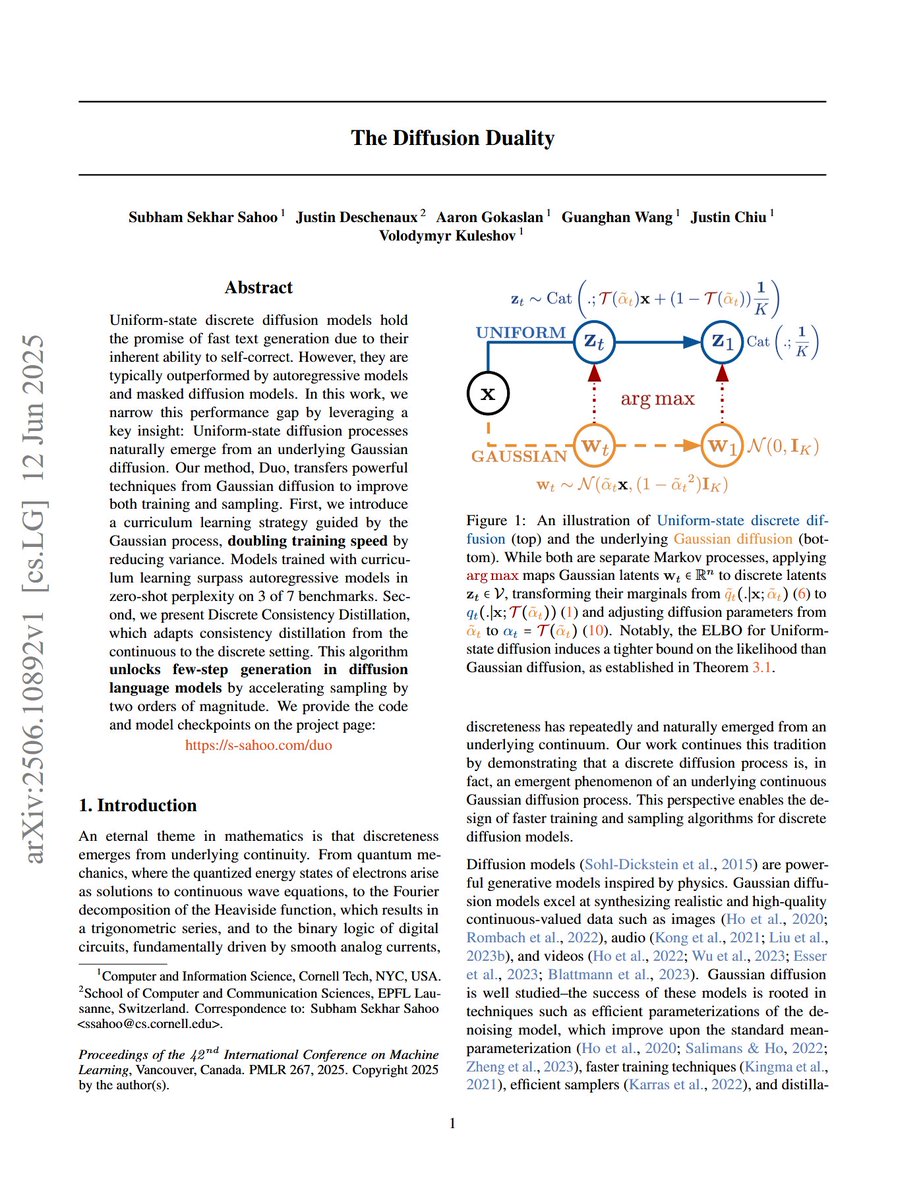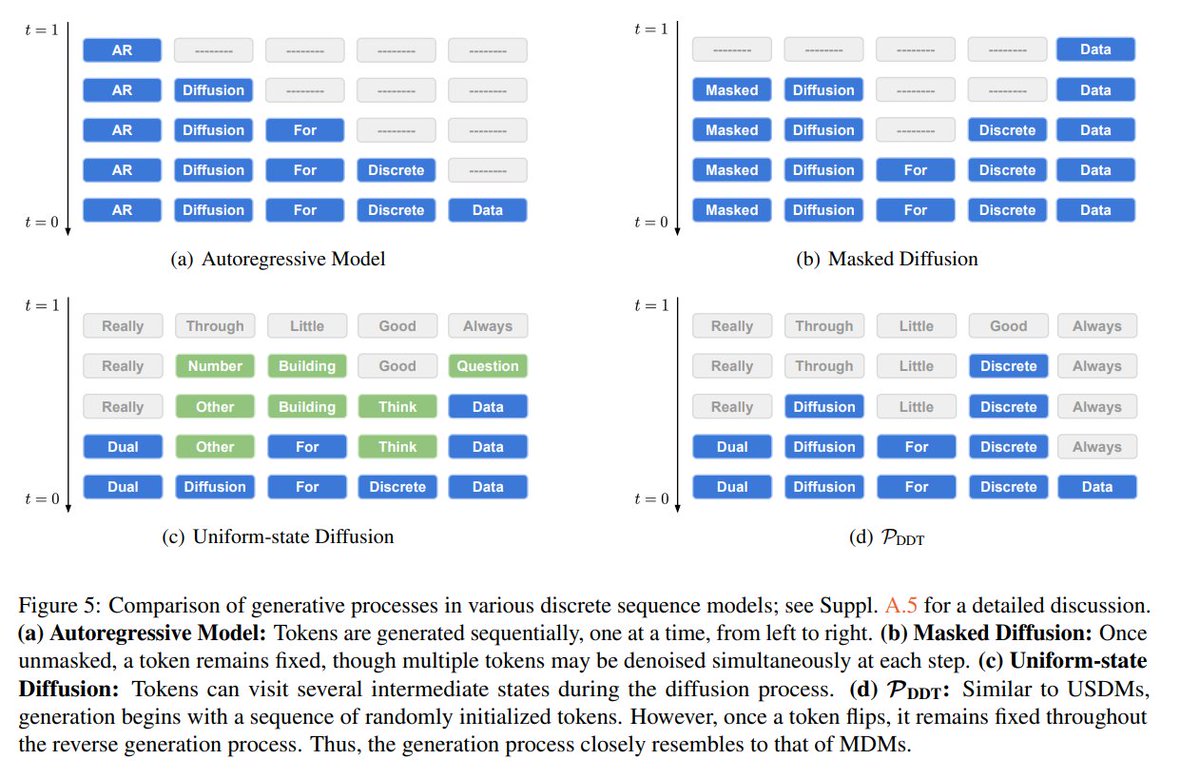
Aaron Gokaslan
@skyli0n
Maker of the OpenWebText. @Mozilla Rise25 @PyTorch Core Reviewer. PhD Candidate at @Cornell Previously @FacebookAI and @BrownUniversity Graduating May 2025
ID: 3514528095
https://skylion007.github.io/ 01-09-2015 17:12:26
2,2K Tweet
3,3K Followers
419 Following









Yuchen Jin interestingly, the same was said about compilers in the 1950s. compilers were considered "cheating"






Thrilled to collaborate on the launch of 📚 CommonPile v0.1 📚 ! Introducing the largest openly-licensed LLM pretraining corpus (8 TB), led by Nikhil Kandpal Brian Lester Colin Raffel. 📜: arxiv.org/pdf/2506.05209 📚🤖 Data & models: huggingface.co/common-pile 1/


Laude Institute is a non-profit that gives the right resources to the right researchers at the right time. We help more researchers go from idea to impact. laude.org








